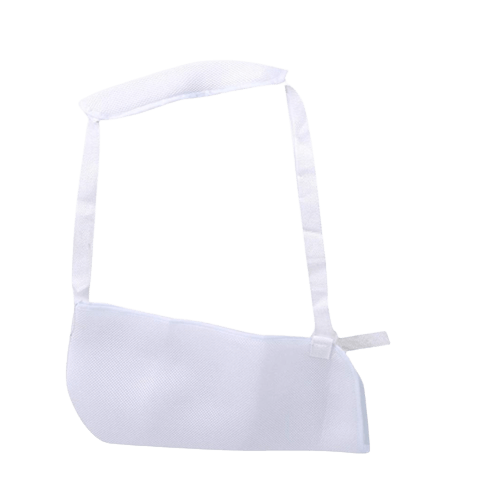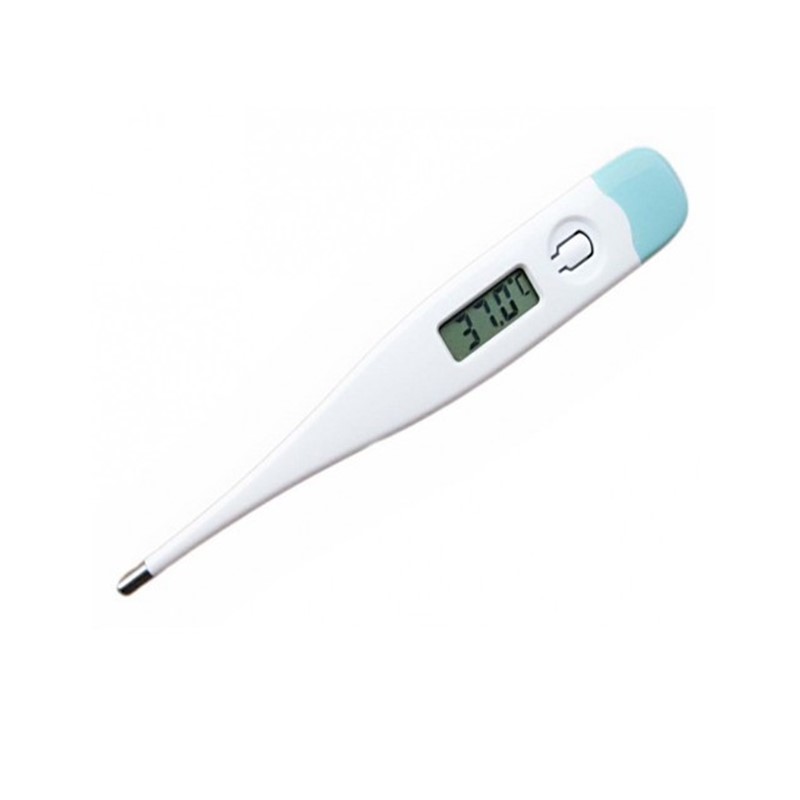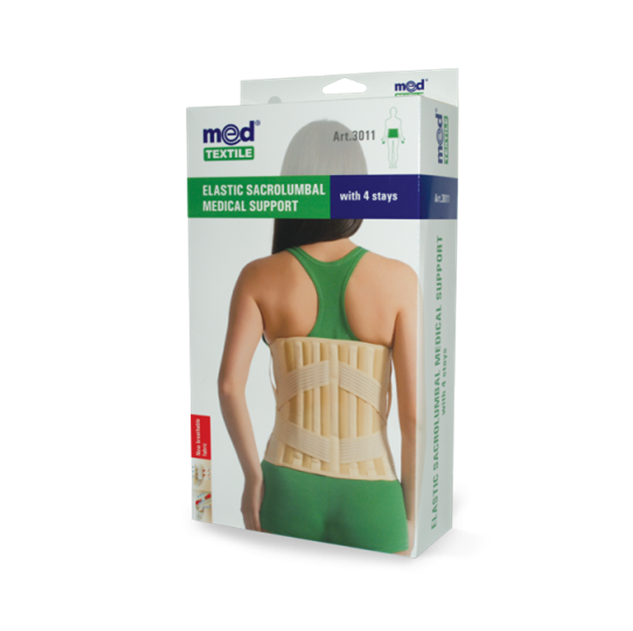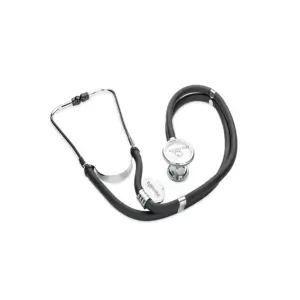

Arm Sling
- Provides immobilization and support for injuries
- Helps reduce pain and prevent re-injury
- Promotes faster healing post-surgery or fracture
- Available in different styles for customized comfort
KShs 1,120.00 Original price was: KShs 1,120.00.KShs 1,064.00Current price is: KShs 1,064.00.
Description
Buy Arm Sling Online Now in Nairobi, Kenya – For Injury Support & Recovery
If you’ve suffered an injury or undergone surgery on your arm, shoulder, or wrist, an arm sling can be an essential tool in your recovery journey. Arm slings are designed to provide crucial support, comfort, and immobilization to injured areas, enabling proper healing and protecting against further injury. Buy your arm sling online now in Nairobi, Kenya for efficient recovery support after fractures, surgeries, or sprains.
Types of Arm Slings: Find the Best Fit for Your Needs
Choosing the right arm sling is essential to your comfort and recovery. Different types of arm slings cater to specific injuries or support needs. Here are the primary types:
- Traditional Arm Sling: This classic option is a triangular cloth sling with an adjustable neck strap, allowing the forearm to rest in place comfortably. It’s suitable for general injuries and offers reliable support.
- Shoulder Immobilizer: Ideal for shoulder injuries, this sling provides extensive support to both the arm and shoulder. With a secure waist strap, it prevents unwanted arm movement, keeping your arm snugly in place.
- Elevated Arm Sling: If you require elevation for your injury, this option features an adjustable strap, allowing your arm to stay elevated above heart level. It’s perfect for reducing swelling and improving blood circulation.
Benefits of Using an Arm Sling for Recovery
Using an arm sling can greatly enhance recovery, as it promotes stability and prevents re-injury. Here are key scenarios where an arm sling can make a difference:
- Fractures and Injuries: Keeping the injured limb immobile can ease pain, maintain stability, and support quicker recovery. It’s especially helpful for fractures, where the arm needs to stay stationary.
- Post-Surgery Support: After surgery on the arm or shoulder, immobilization is vital to protect healing tissues. A secure sling helps minimize movement, allowing your body to heal at its own pace.
- Sprains and Strains: Slings provide relief to sprains and strains by limiting movement. The sling keeps your arm comfortable, giving it the rest it needs.
Proper Application and Usage for Optimal Support
An arm sling should be comfortable and well-fitted to your needs. Here’s how to wear your sling for the best support and healing:
- Size and Fit: Ensure the sling fits snugly around the arm without being too tight. A properly fitting sling reduces discomfort and provides effective support.
- Positioning: Place your forearm fully within the sling, with the strap around your neck or waist for added security. Aim to keep your arm at a 90-degree angle, following your healthcare provider’s instructions.
- Elevation Adjustment: If you’re using an elevated arm sling, adjust the strap to maintain the recommended elevation angle. Usually, an elevation of around 45 degrees helps in swelling reduction and blood circulation.
Potential Complications and How to Avoid Them
Using an arm sling continuously can lead to stiffness or poor circulation, especially if there’s little to no movement over time. Avoid these risks by following medical advice on the appropriate duration for wearing your sling, and consider doing gentle, guided exercises for flexibility as recommended by your healthcare provider.
Frequently Asked Questions (FAQs)
Q1: What injuries require an arm sling?
An arm sling is commonly used for arm, shoulder, or wrist injuries. It’s especially helpful after fractures, surgeries, or sprains, as it provides immobilization and stability to promote healing.
Q2: Can I sleep with my arm sling on?
Yes, but it’s best to follow your healthcare provider’s advice. Many find it comfortable to sleep with the sling to maintain support, though some may adjust it depending on the type of injury.
Q3: How should I clean my arm sling?
Most slings are machine washable. Follow the manufacturer’s instructions for best cleaning practices, as they may vary depending on the sling’s material and design.
Q4: Where can I buy an arm sling in Kenya?
You can buy an arm sling now online in Nairobi, Nakuru, Mombasa, Eldoret, Kisumu, Kiambu, Meru, and East Africa from HealthAlone, or visit our physical shop in Kahawa Sukari shopping center, Nairobi.













